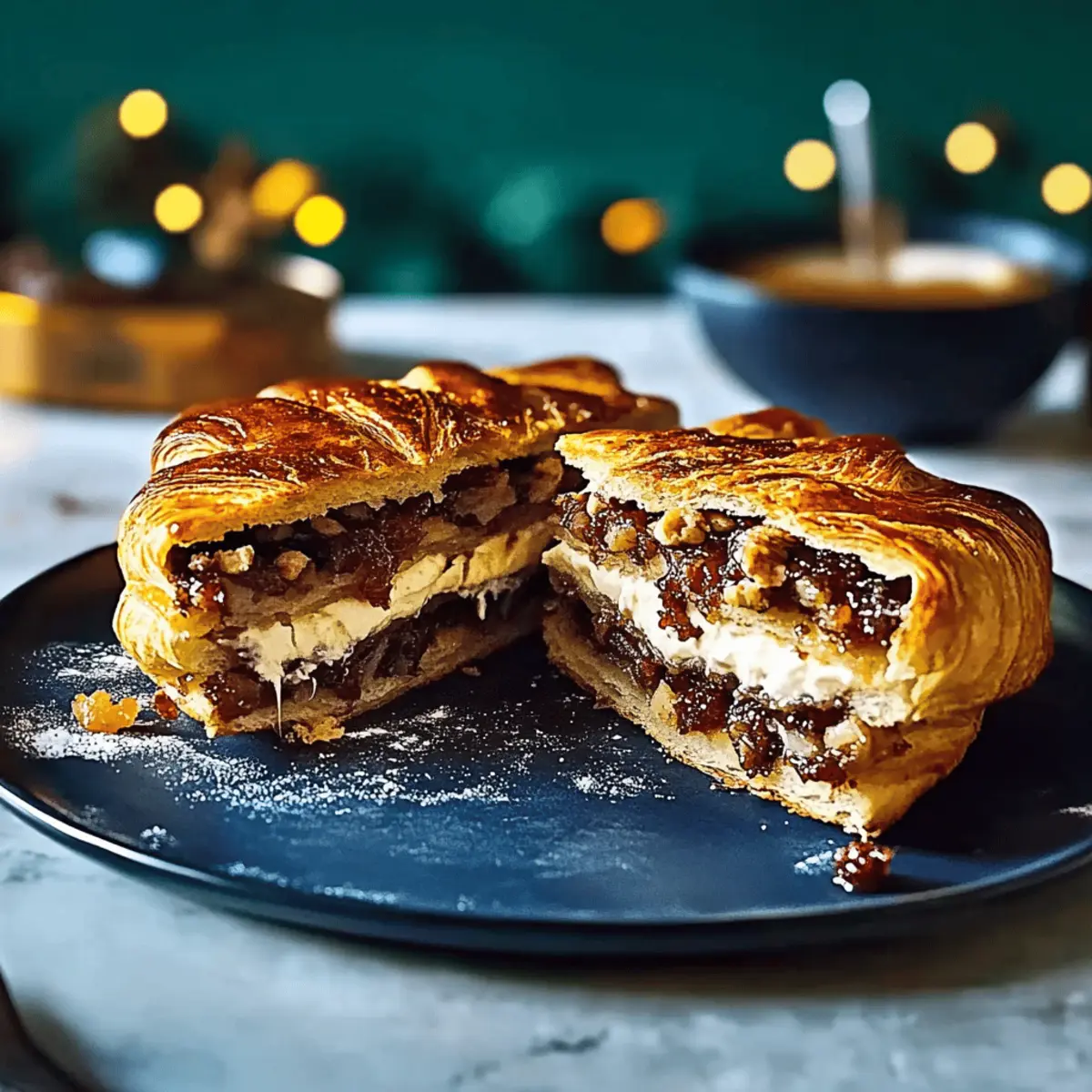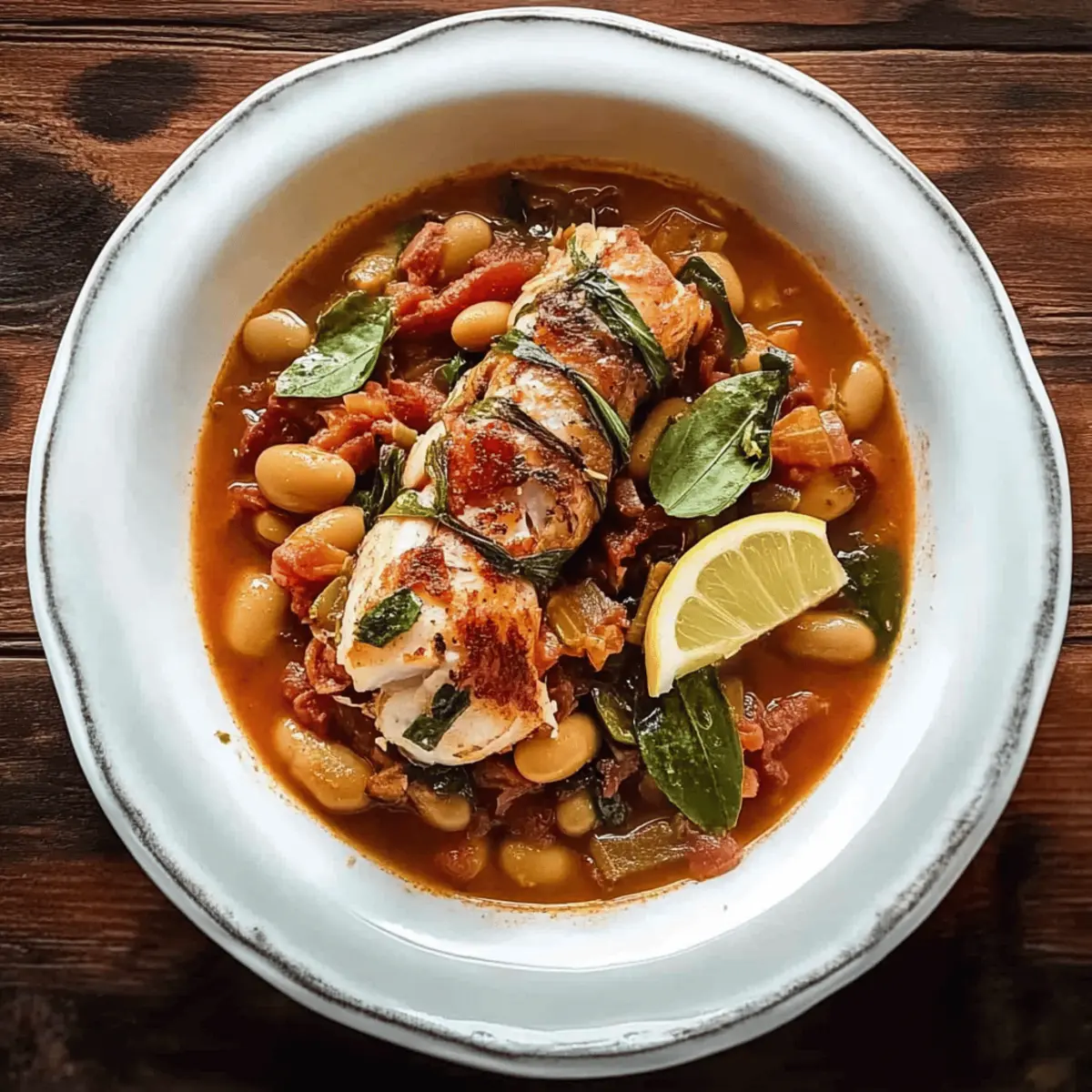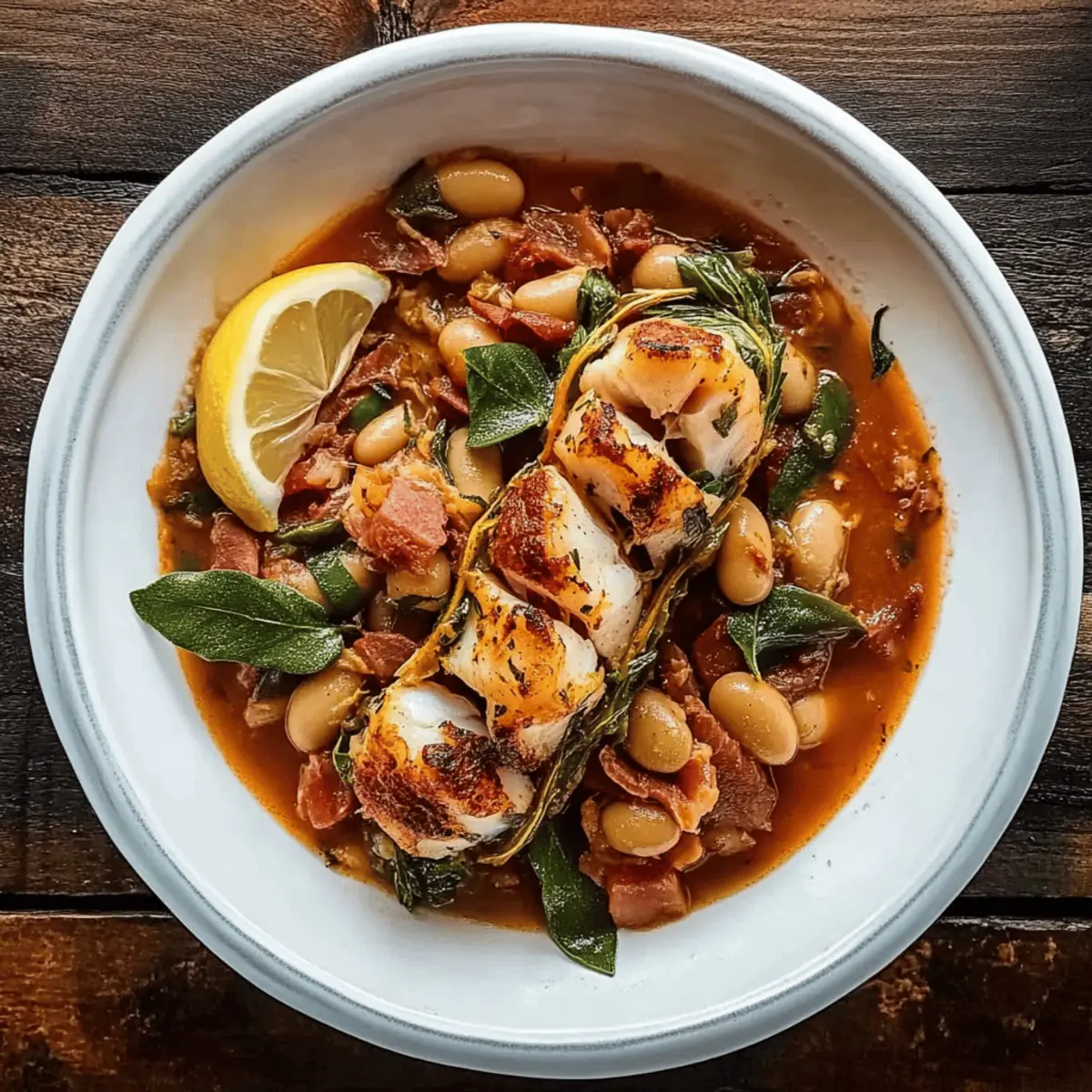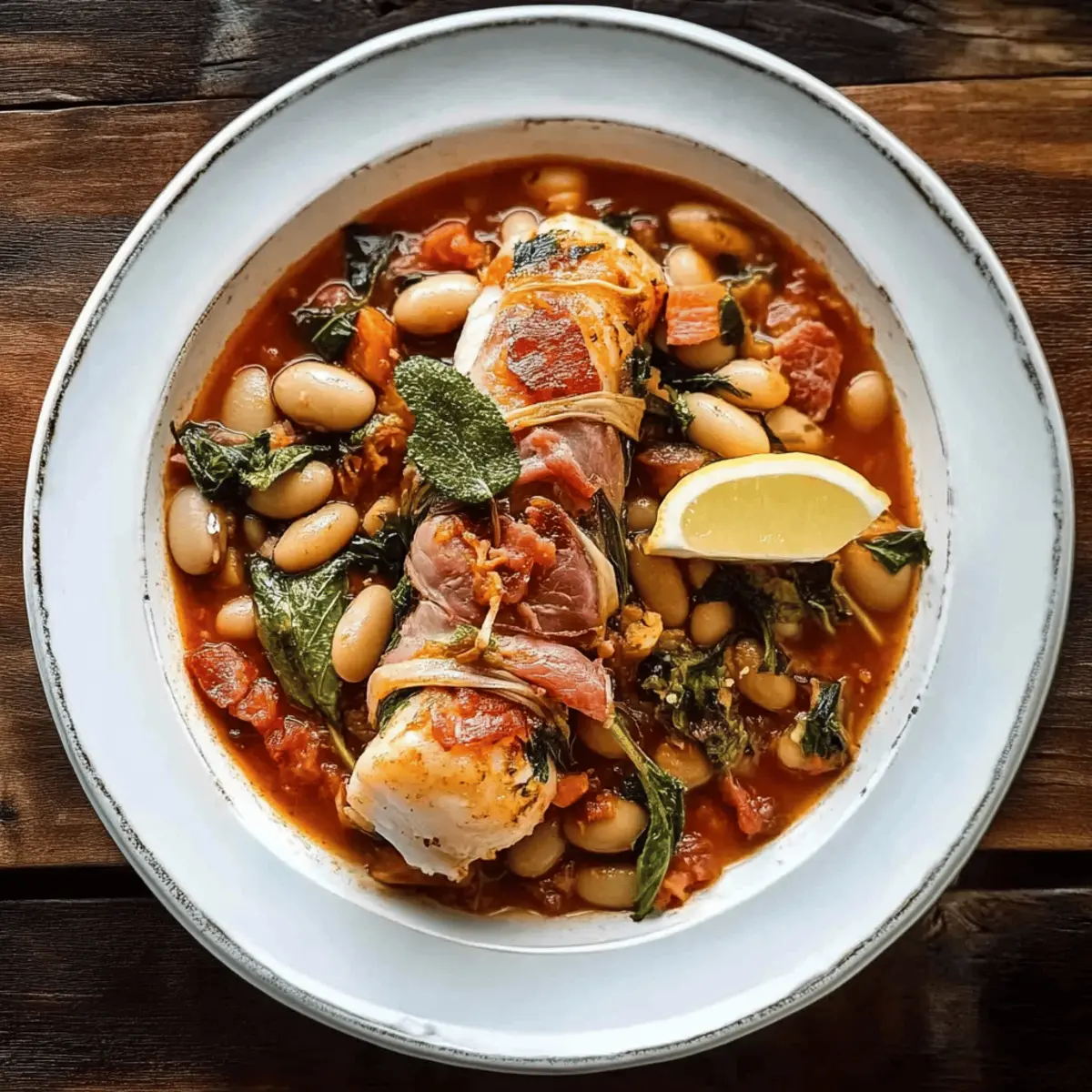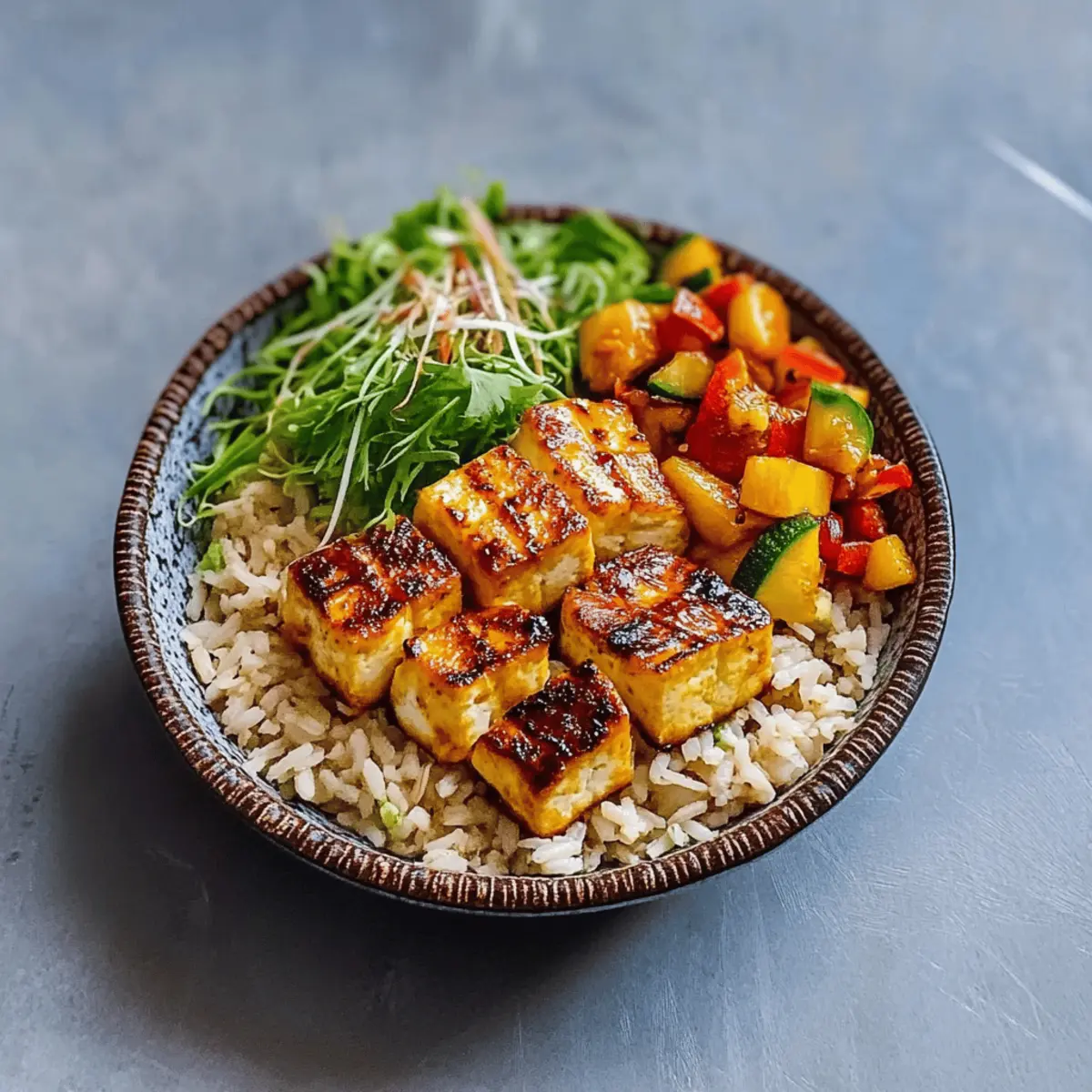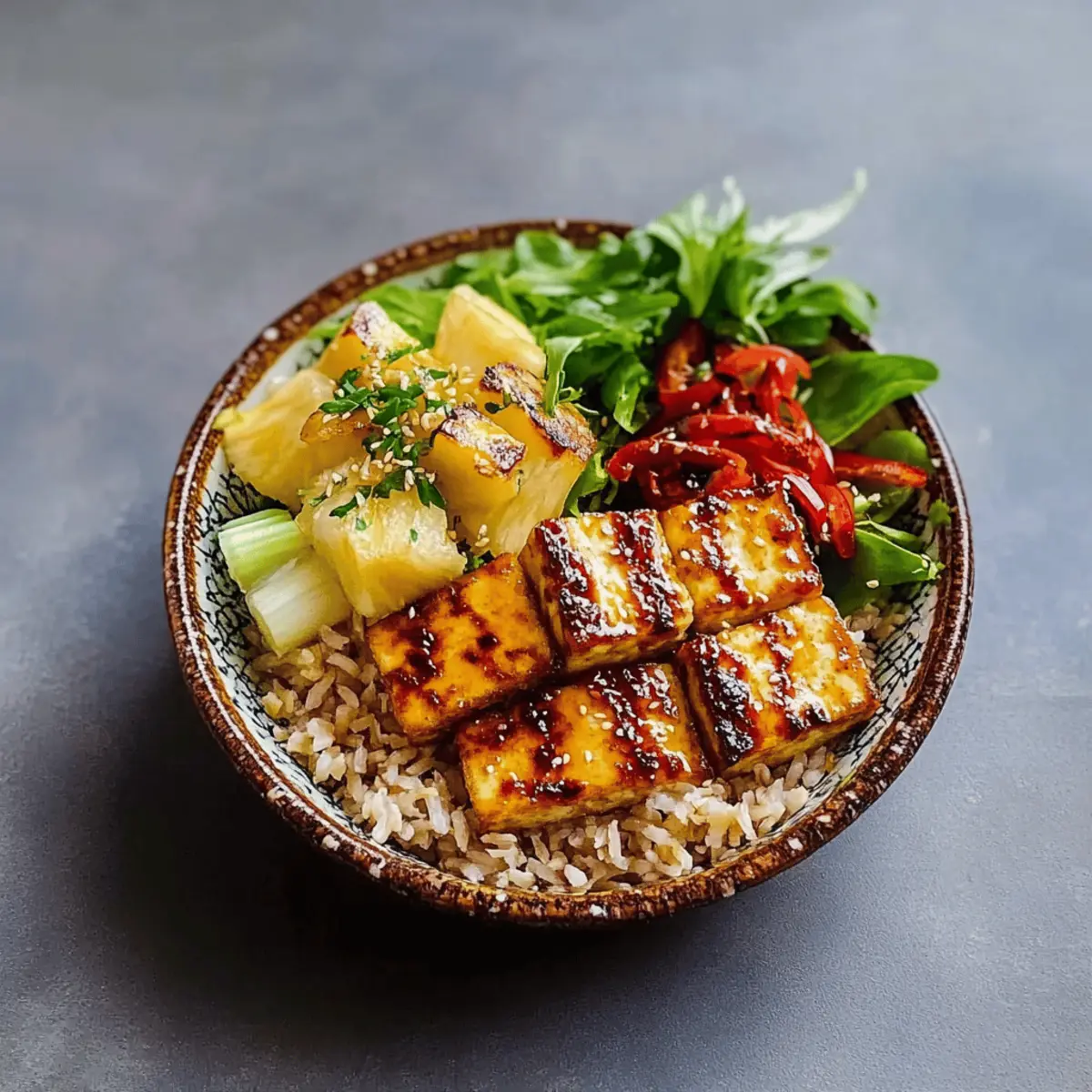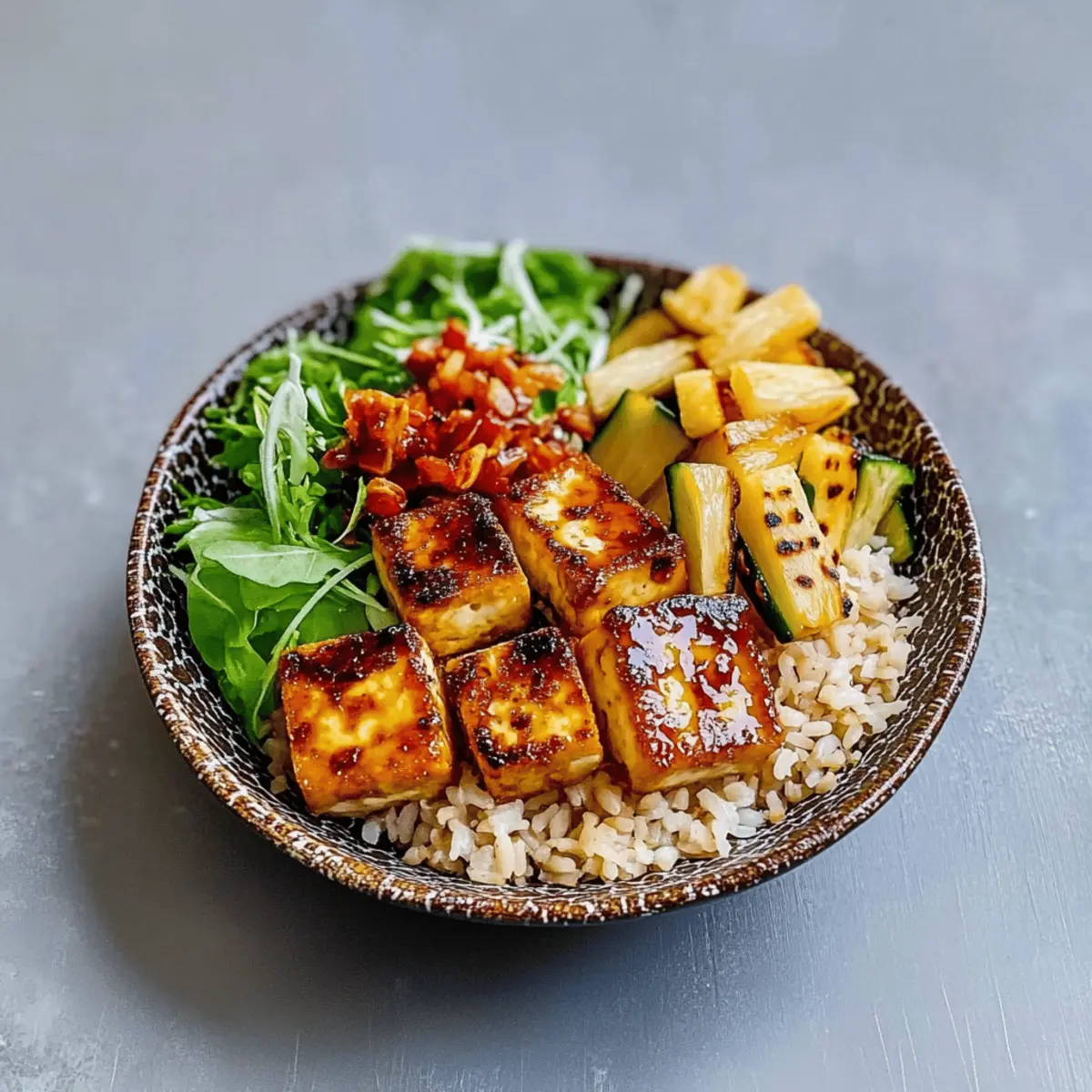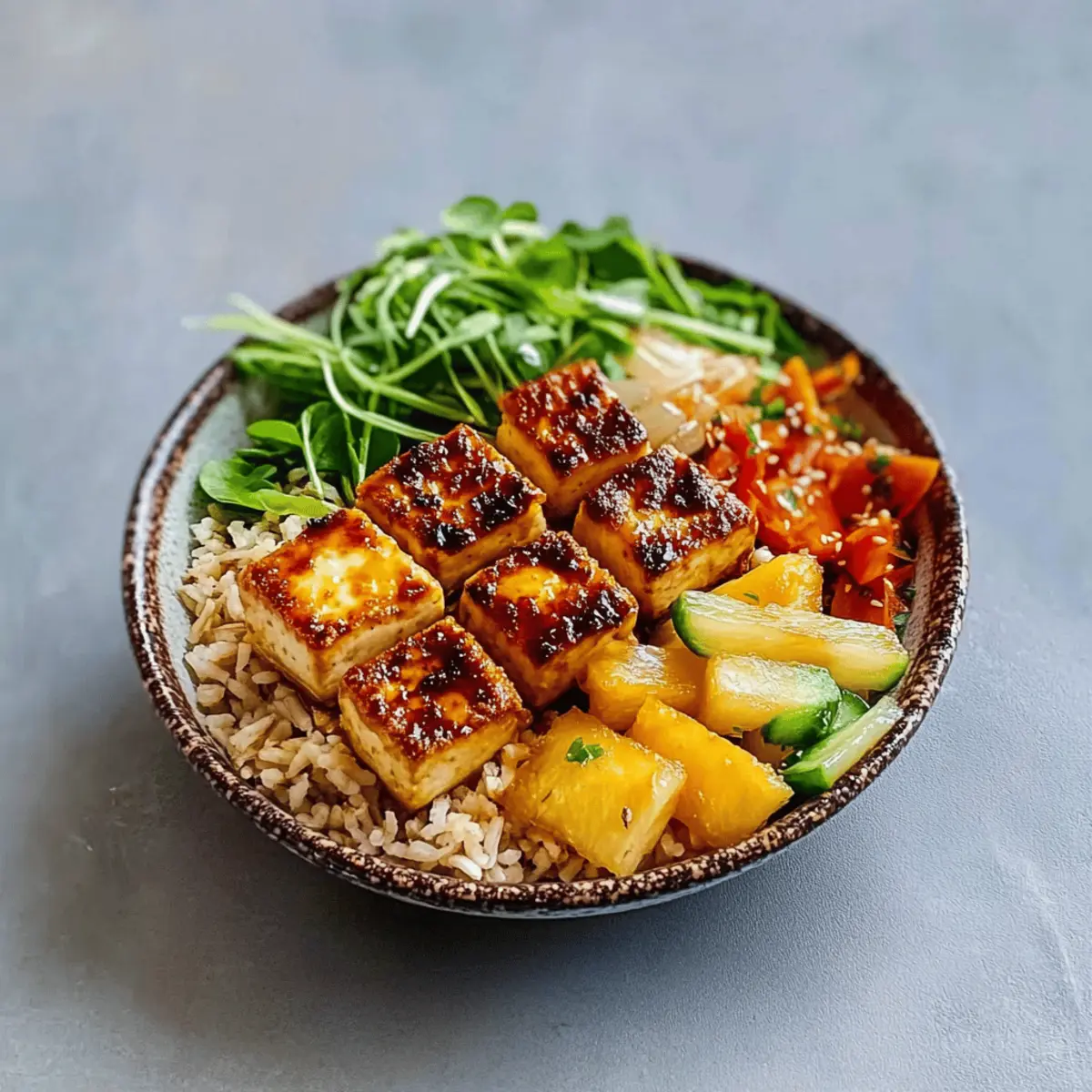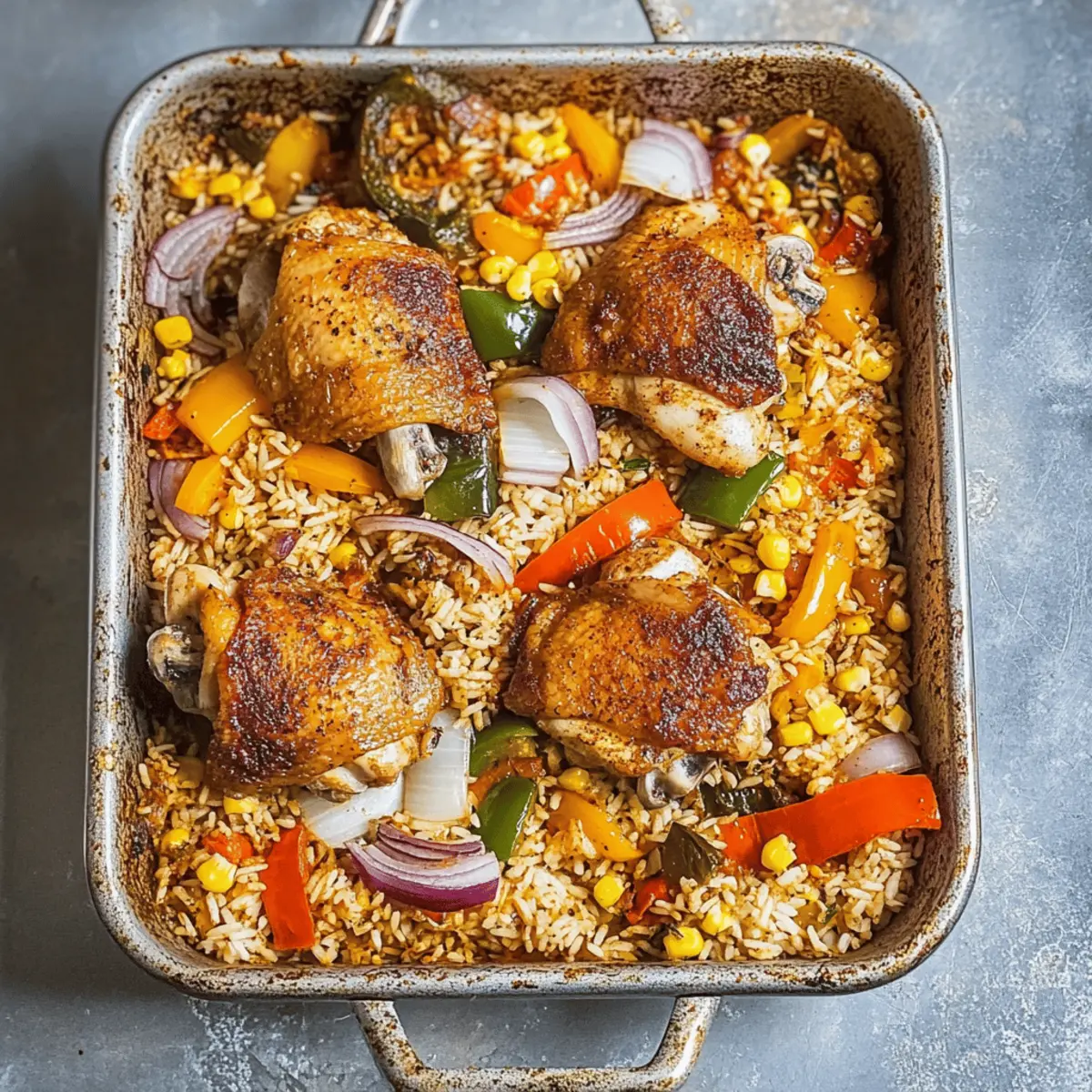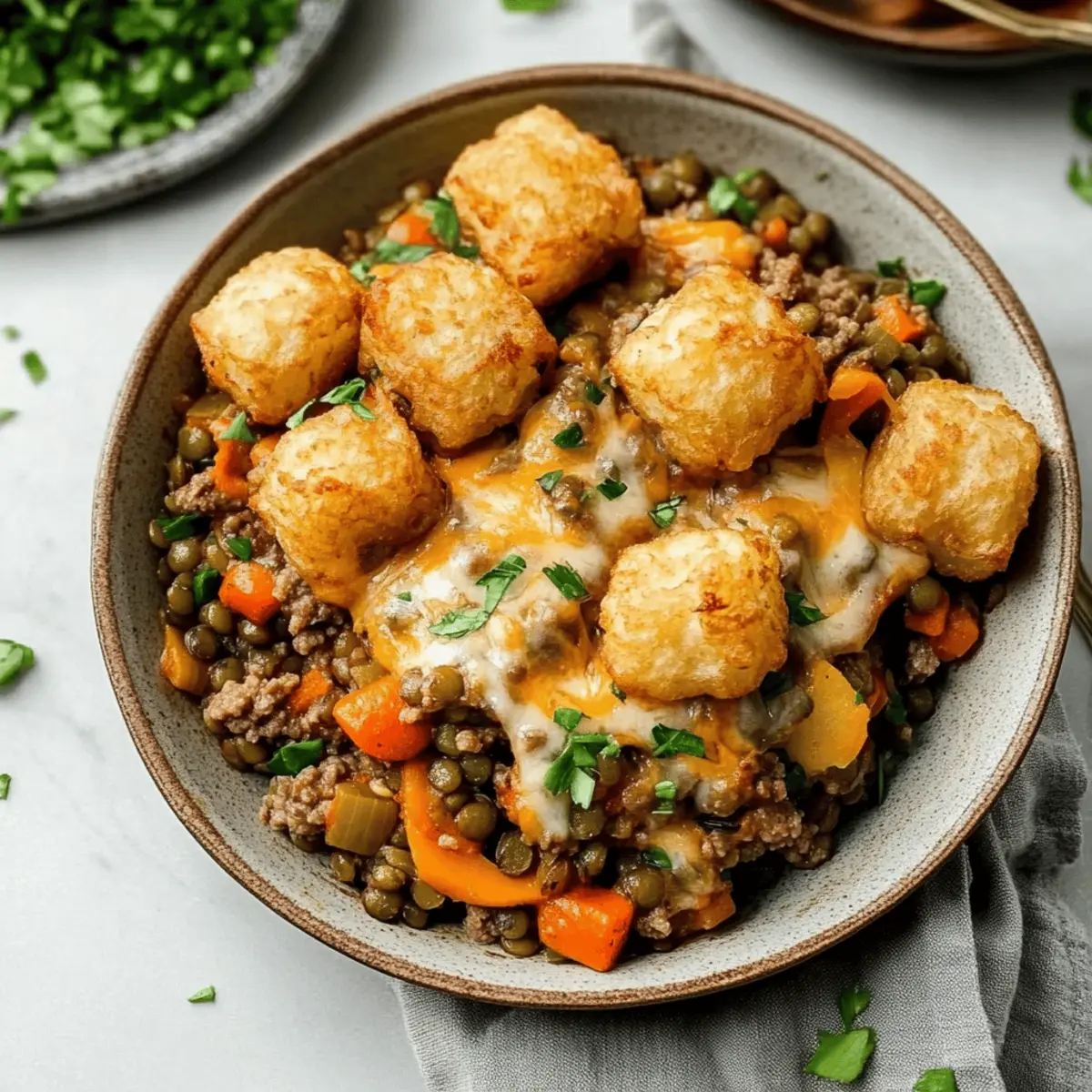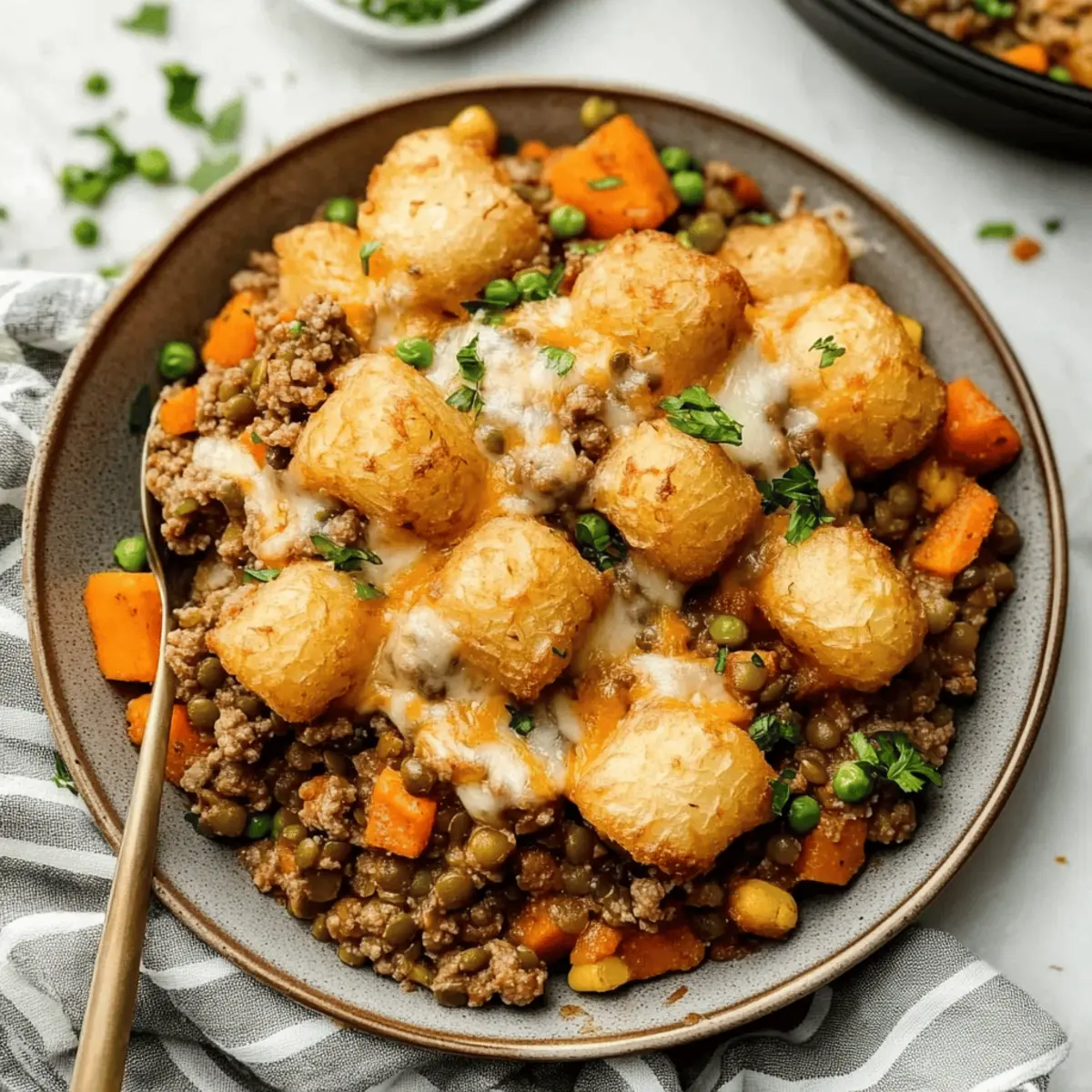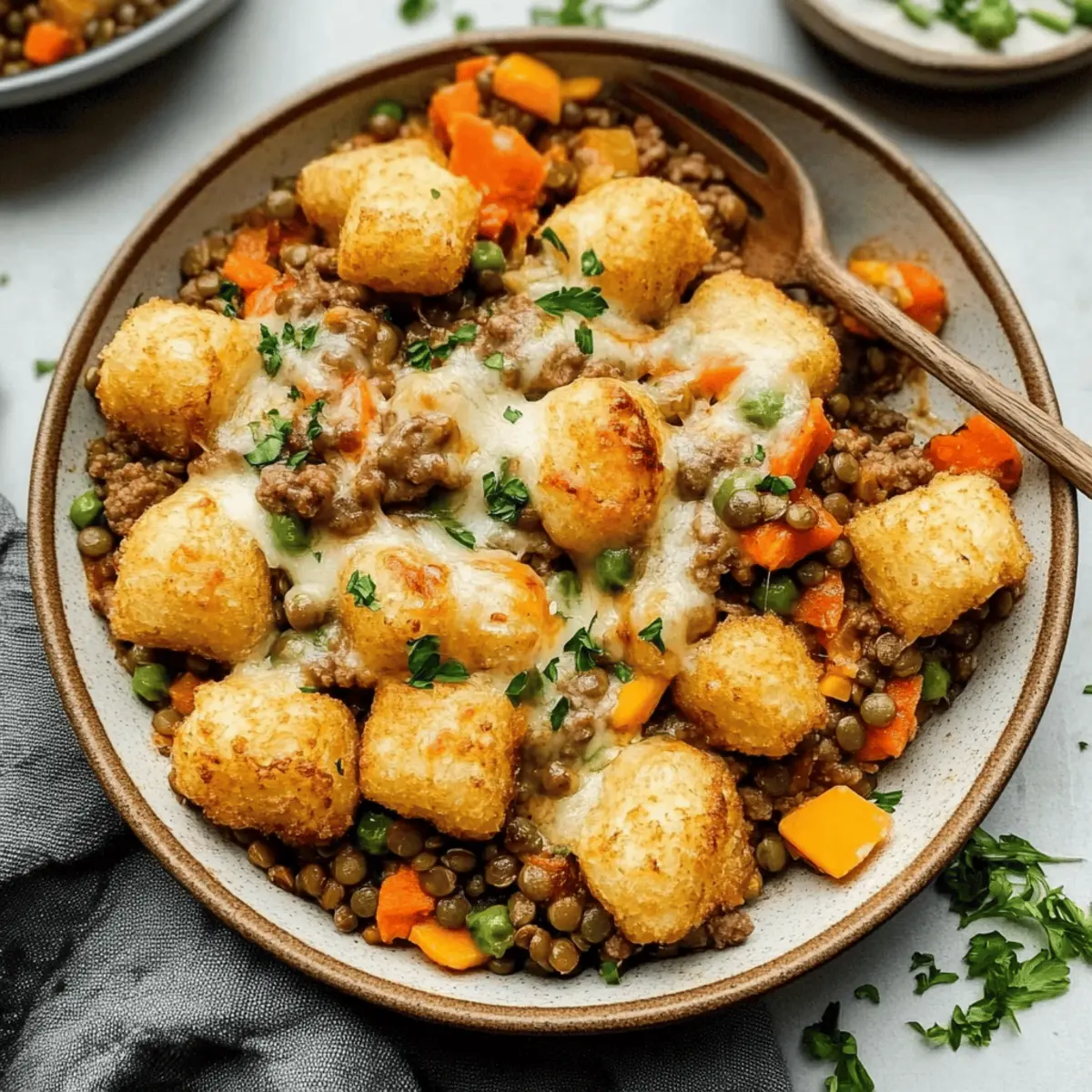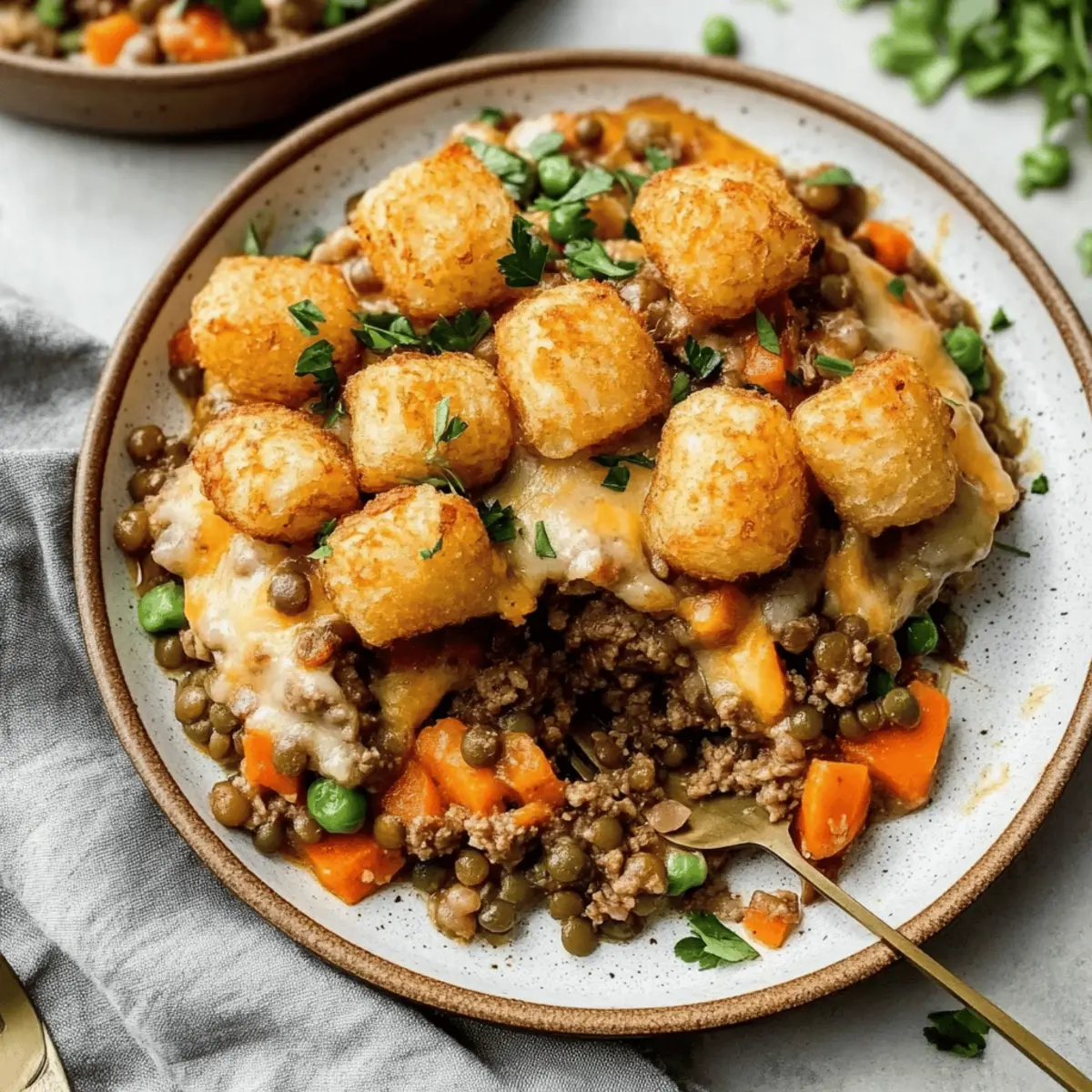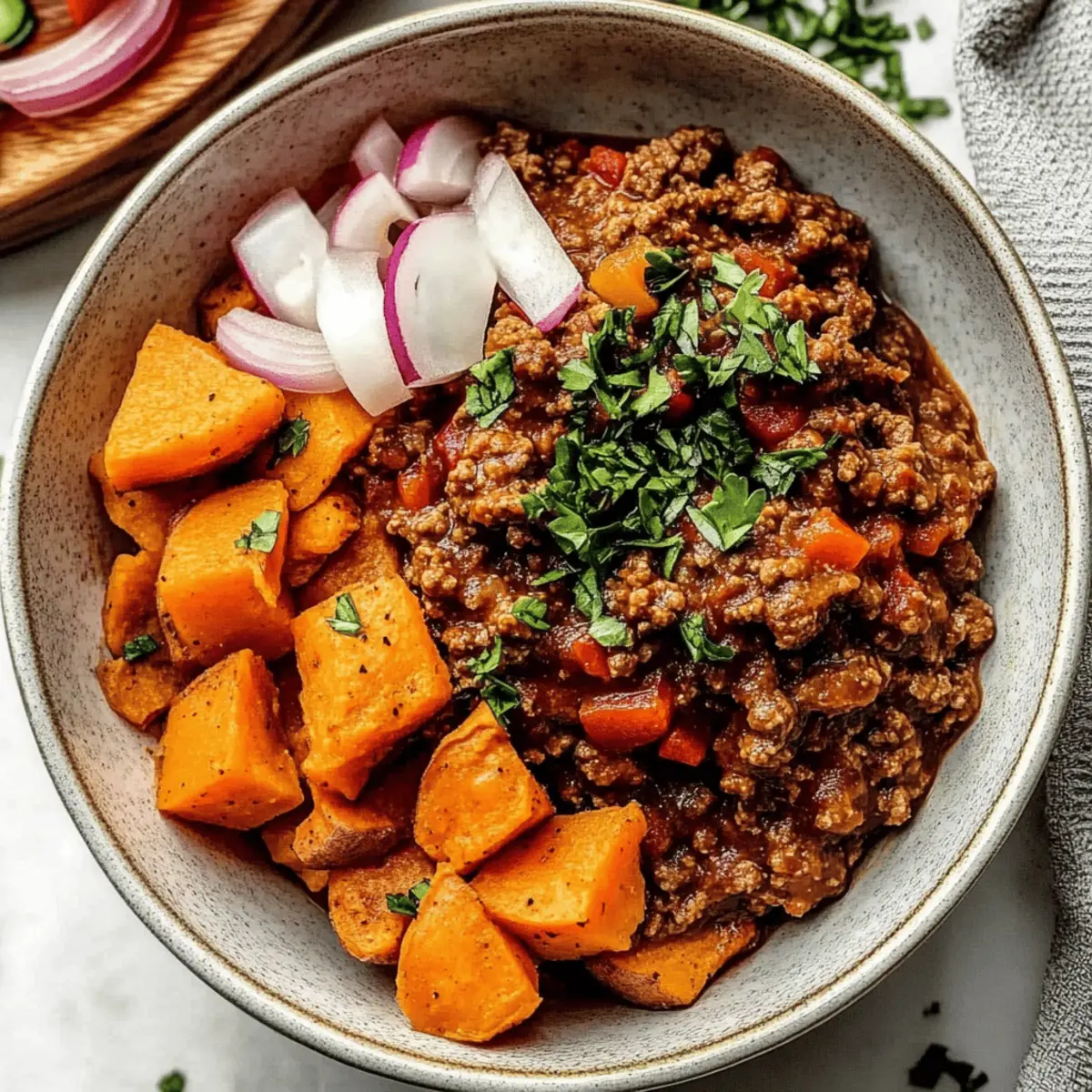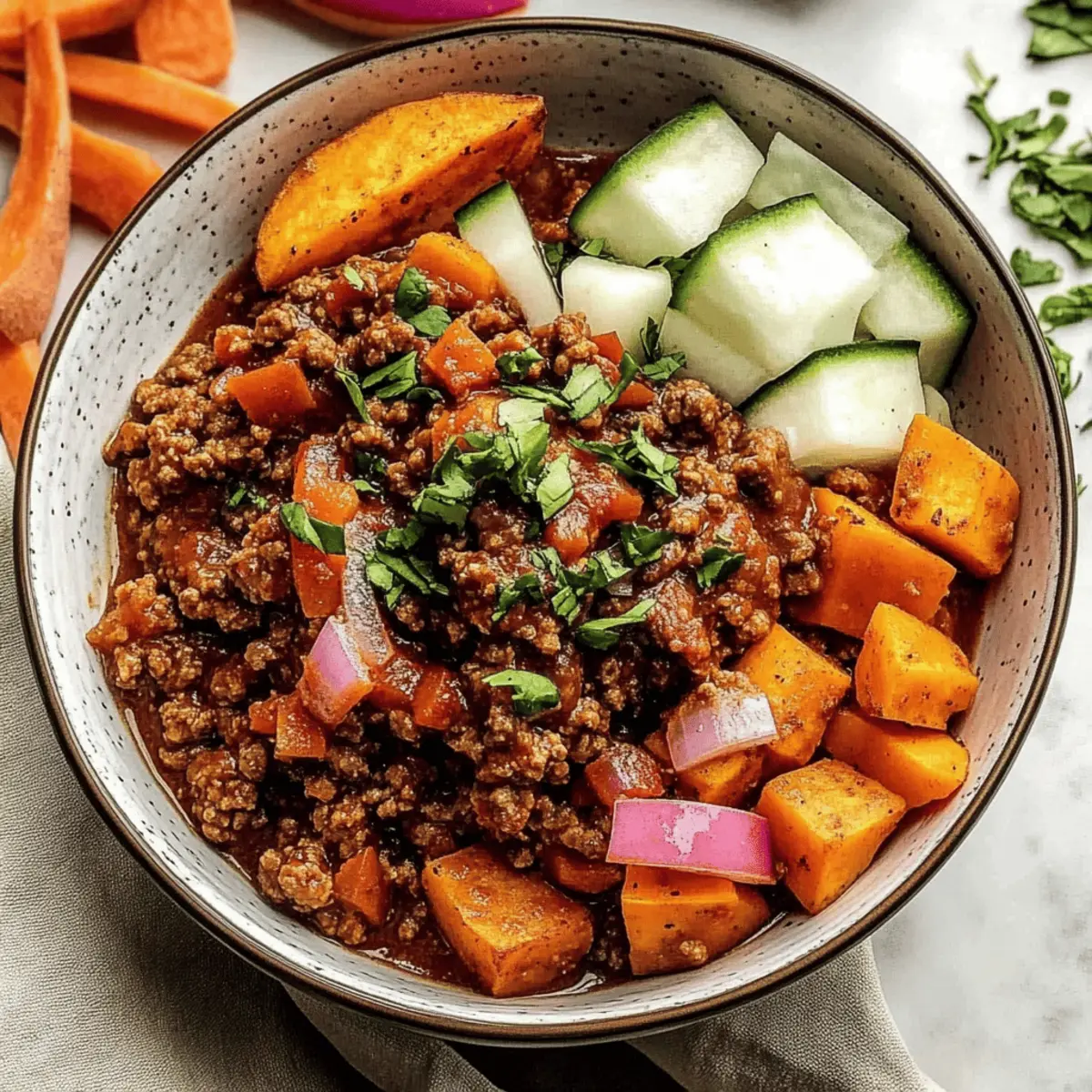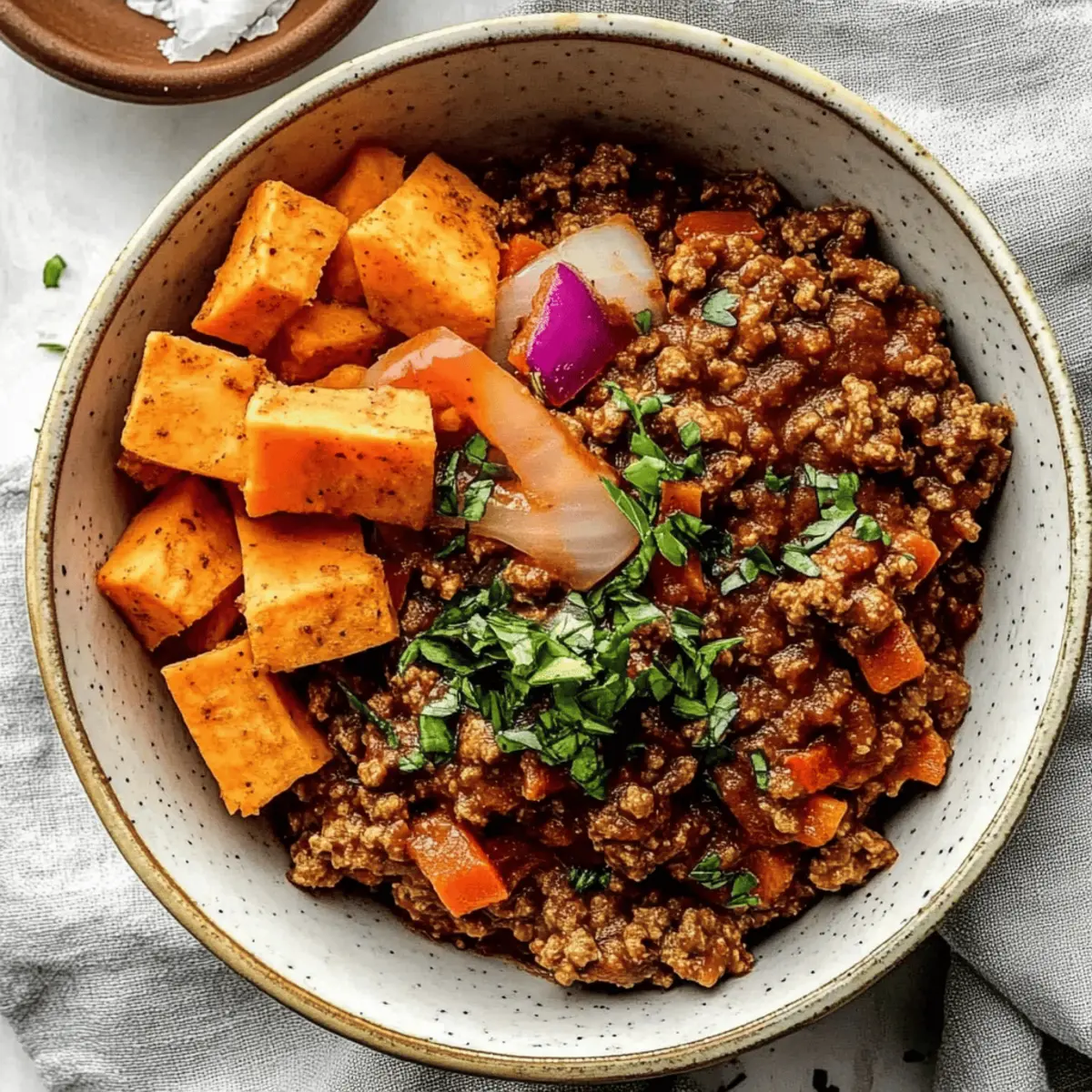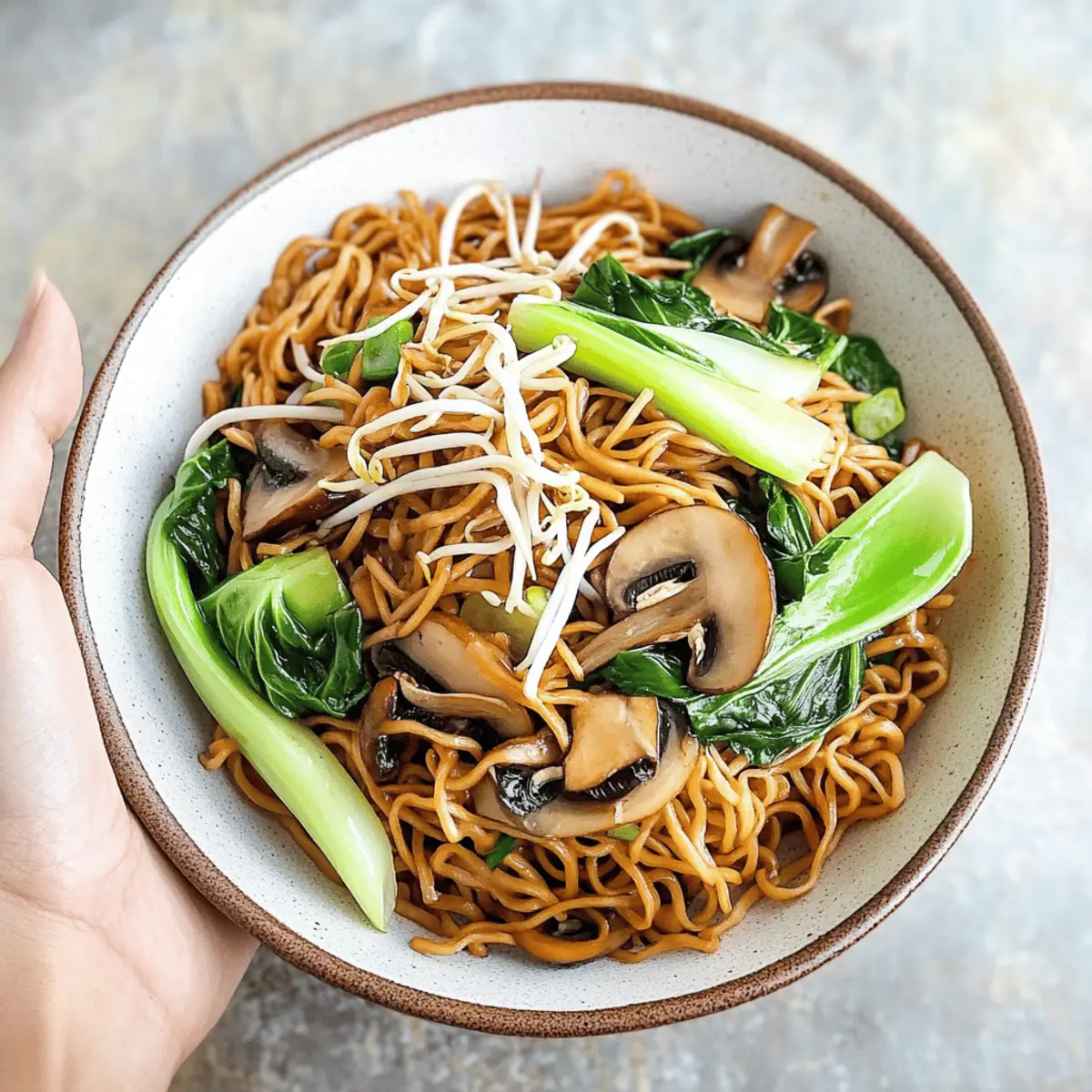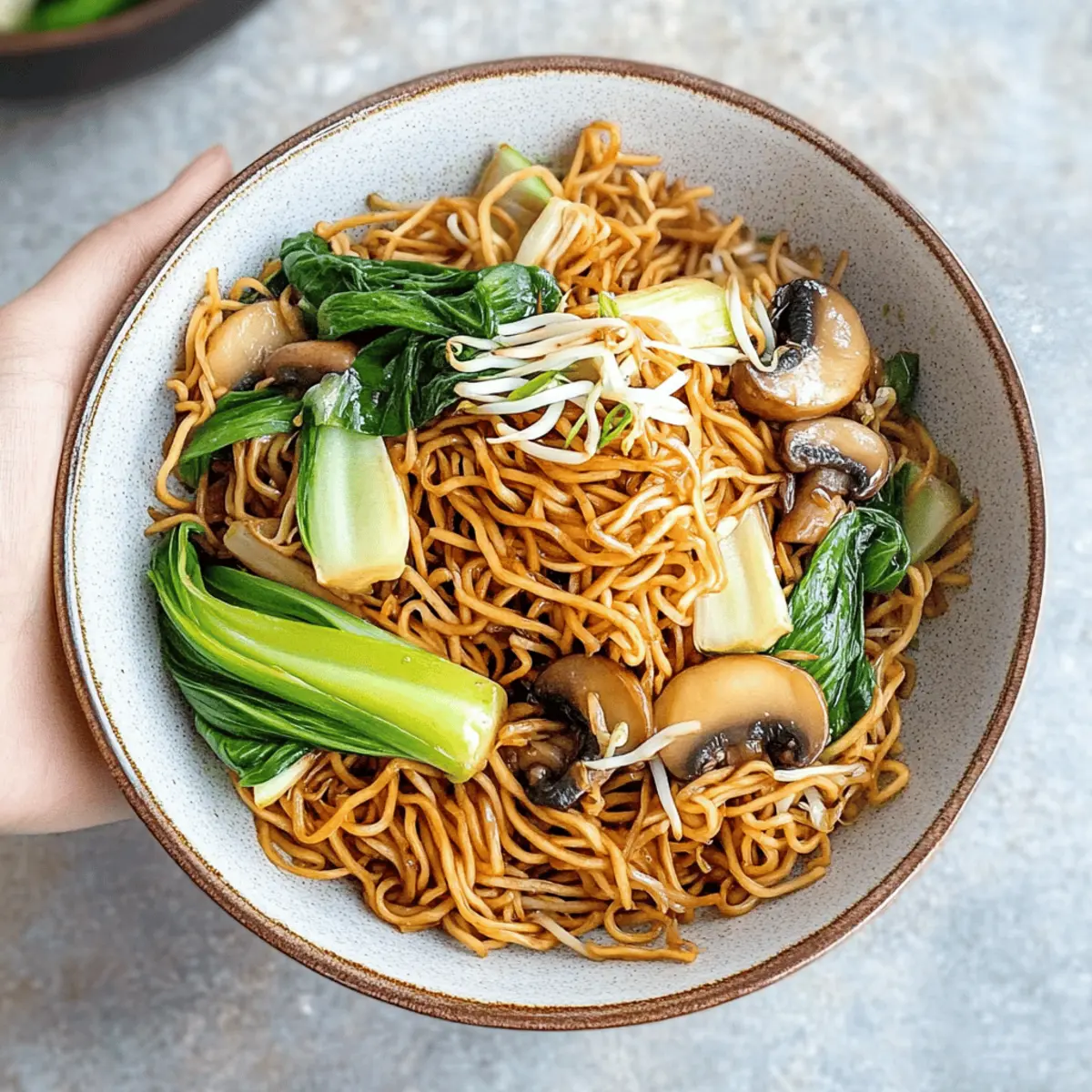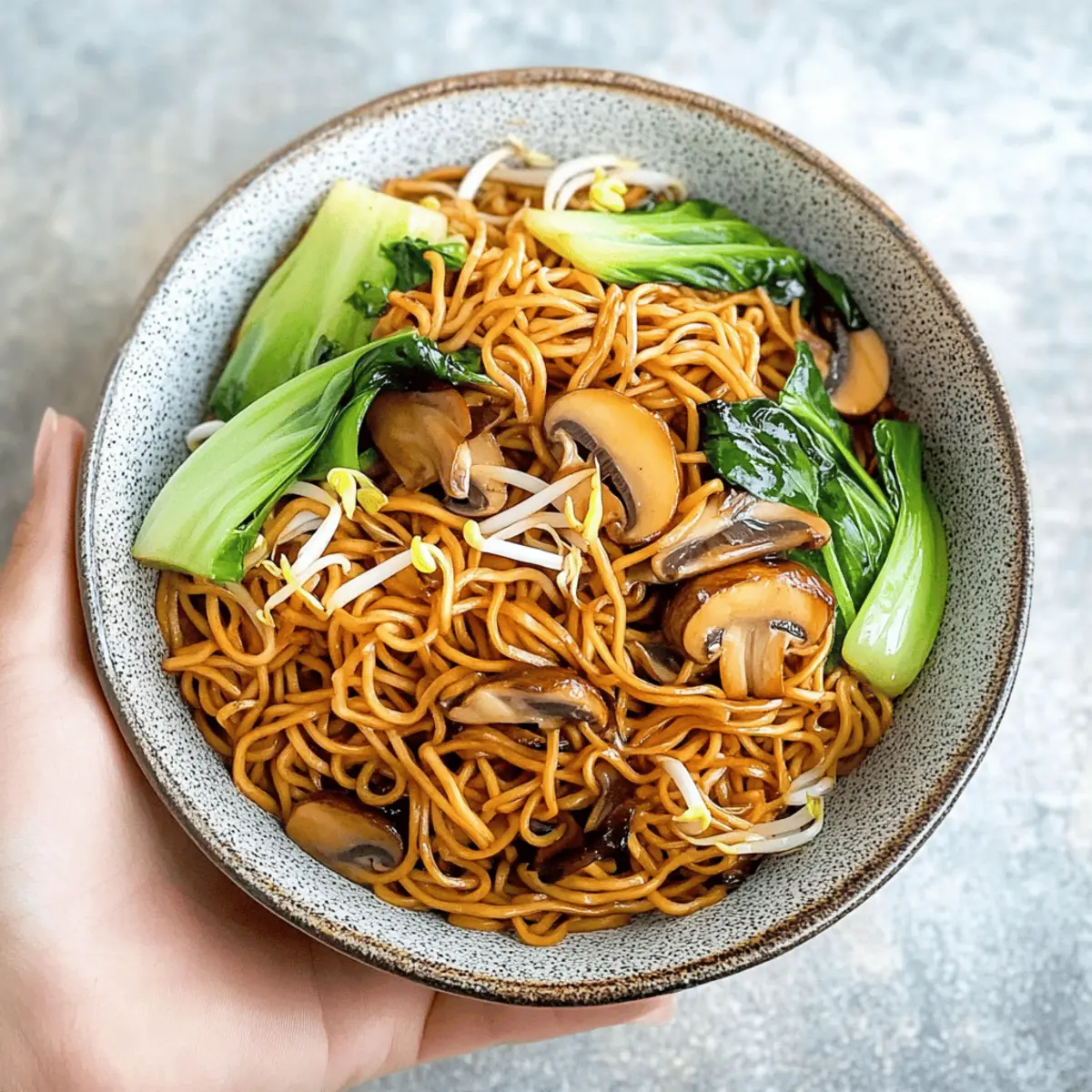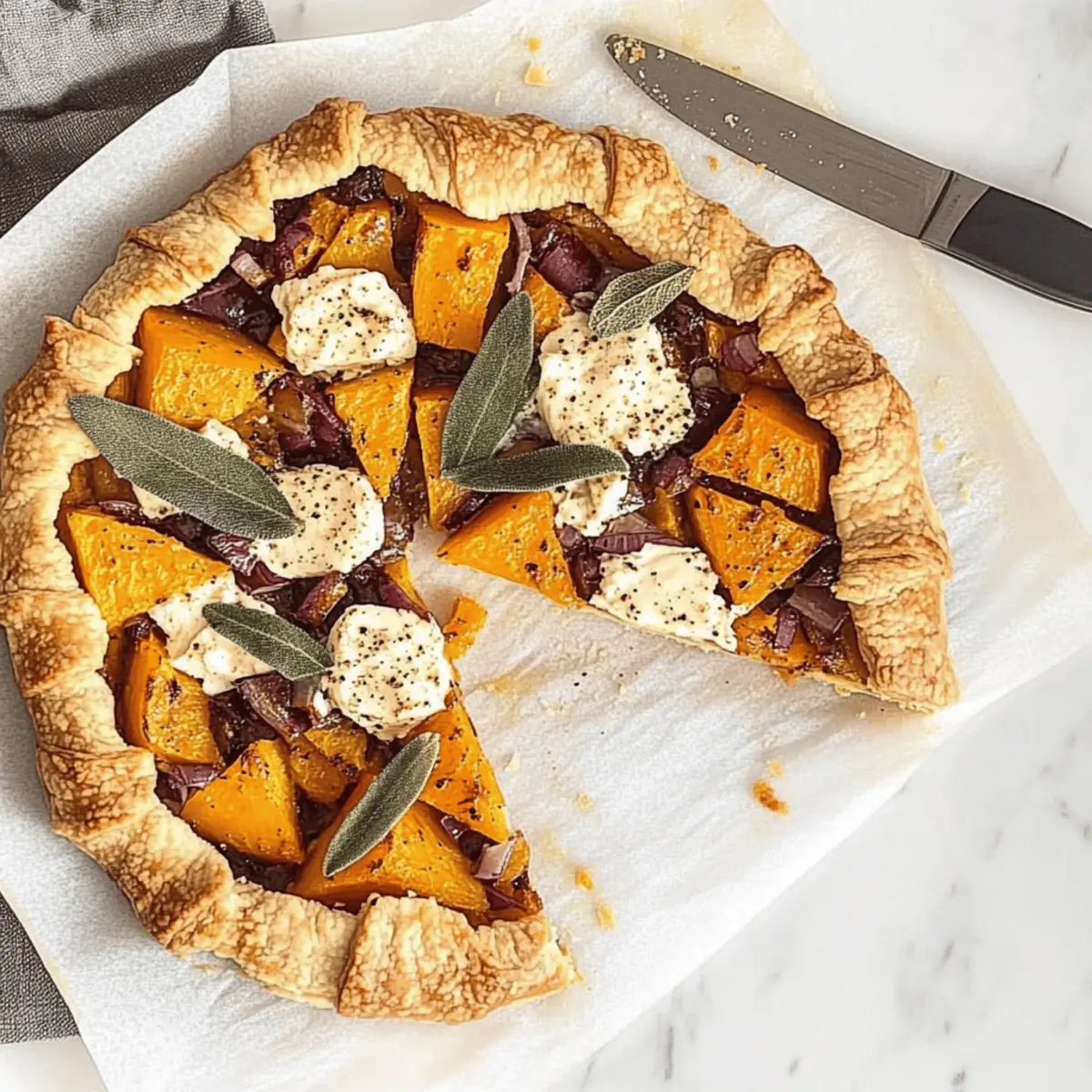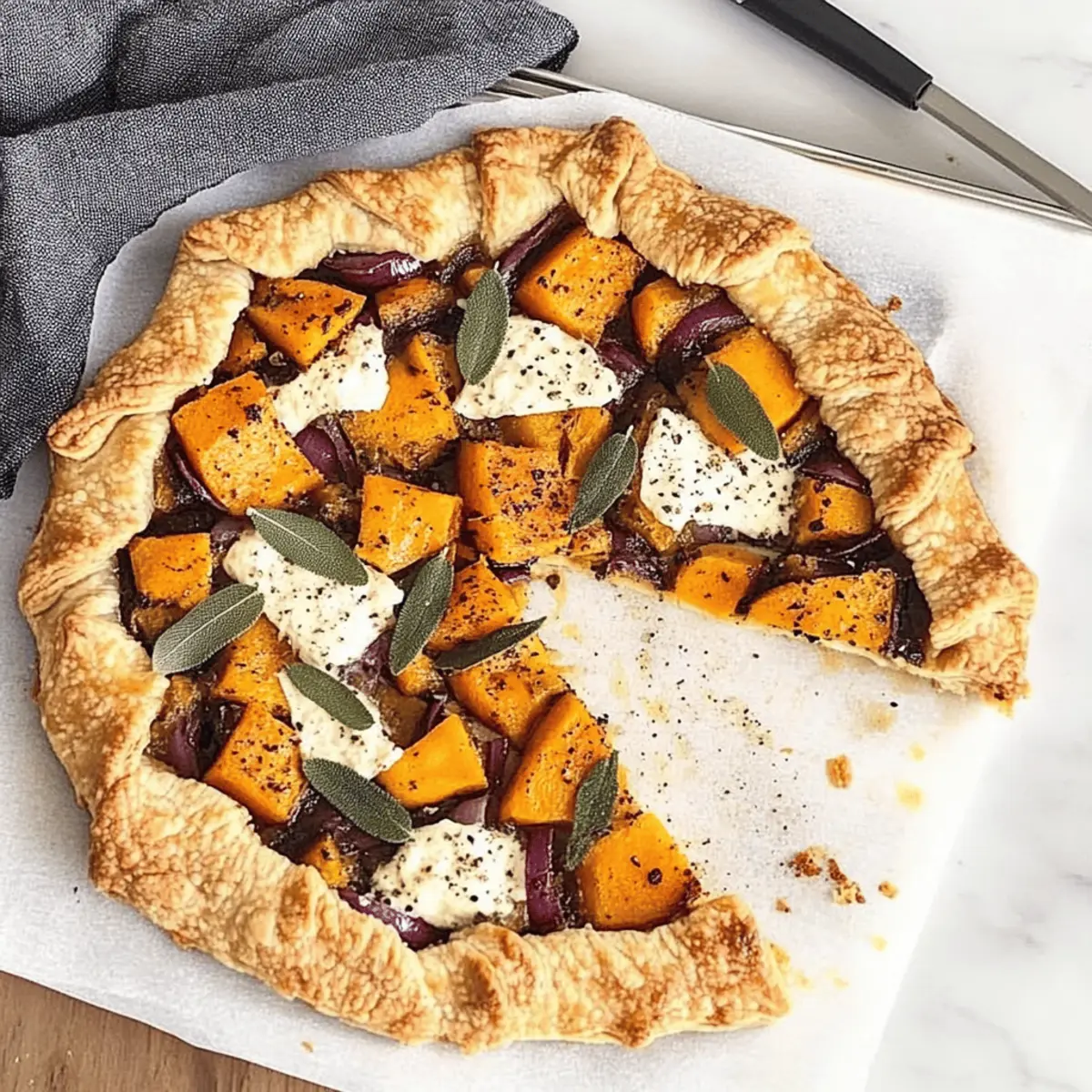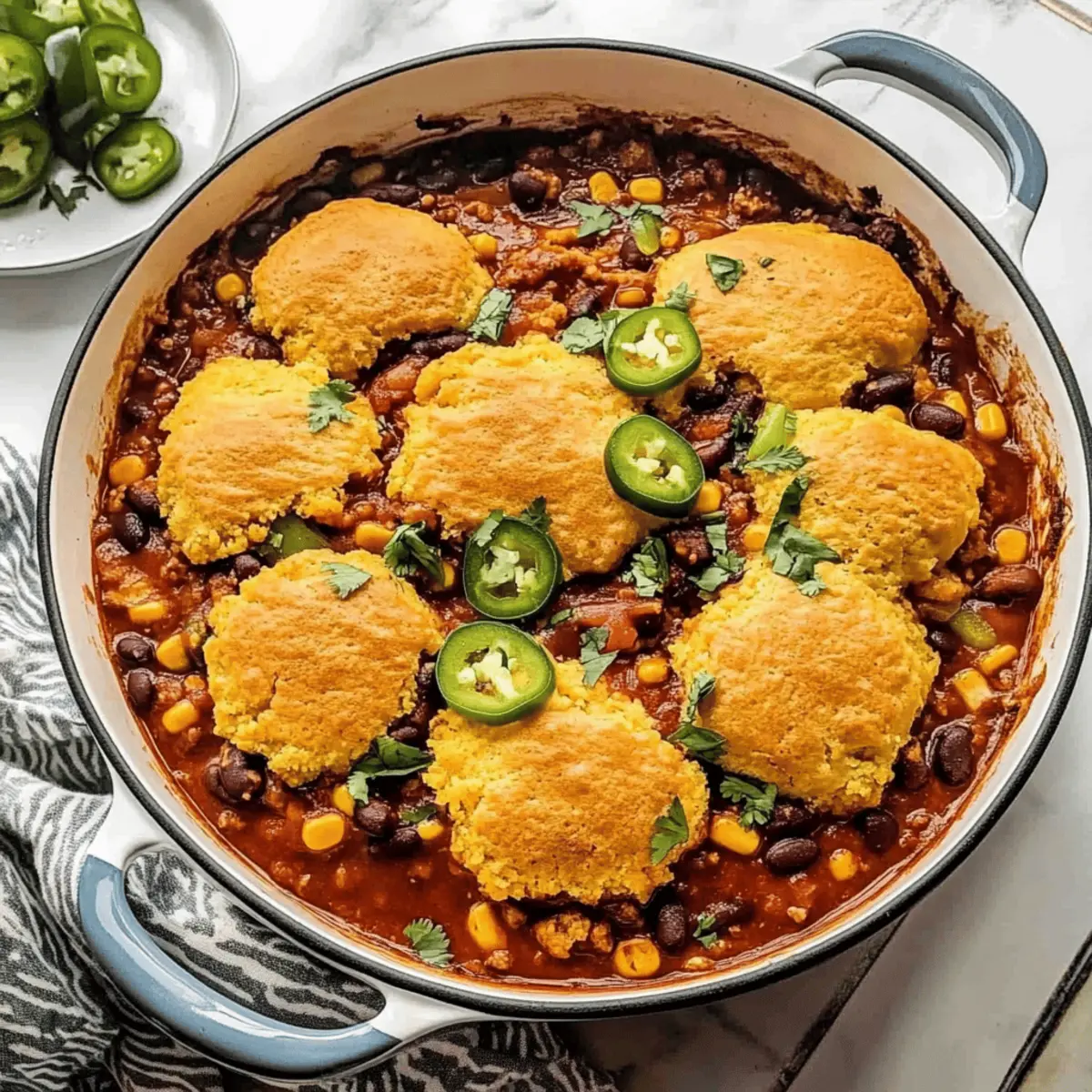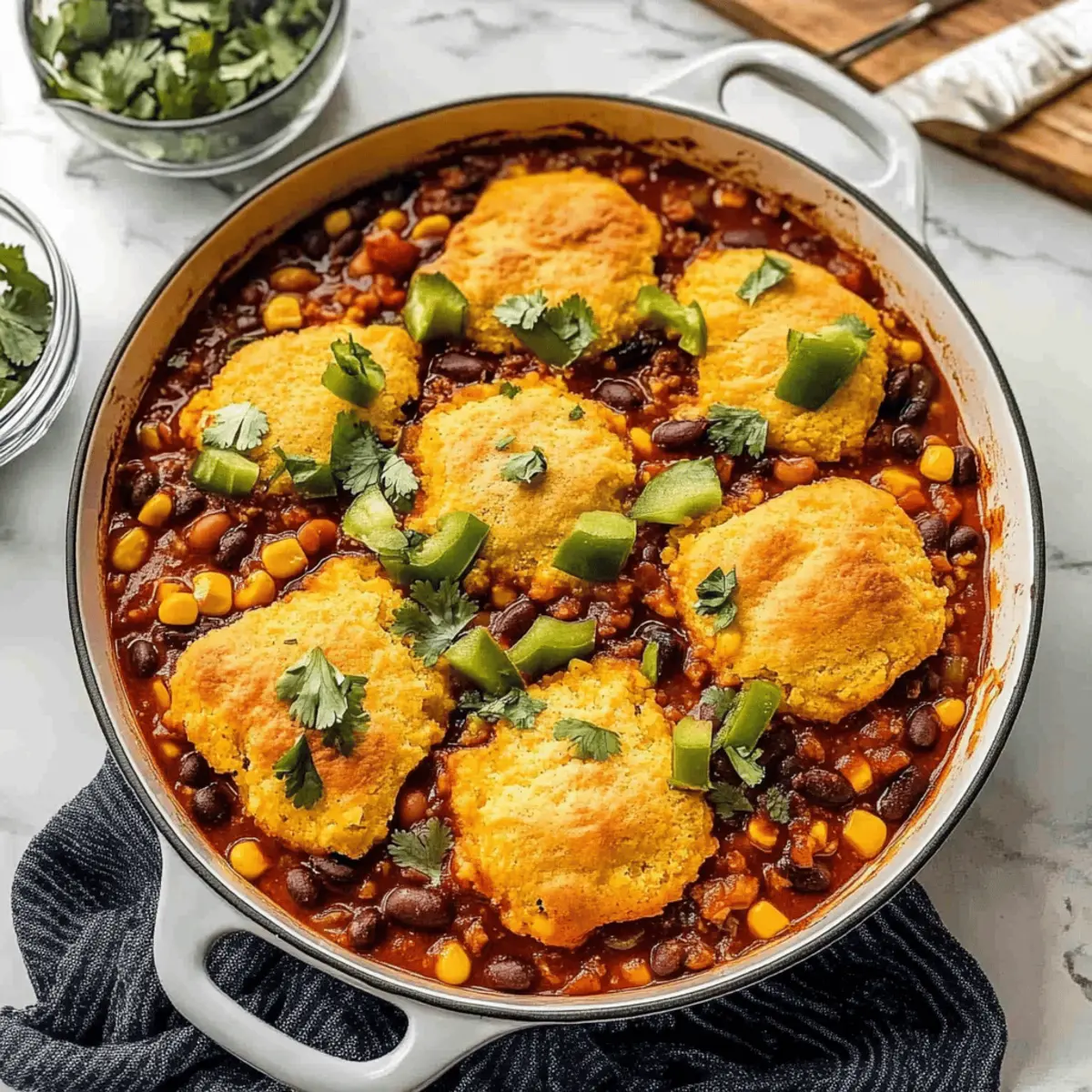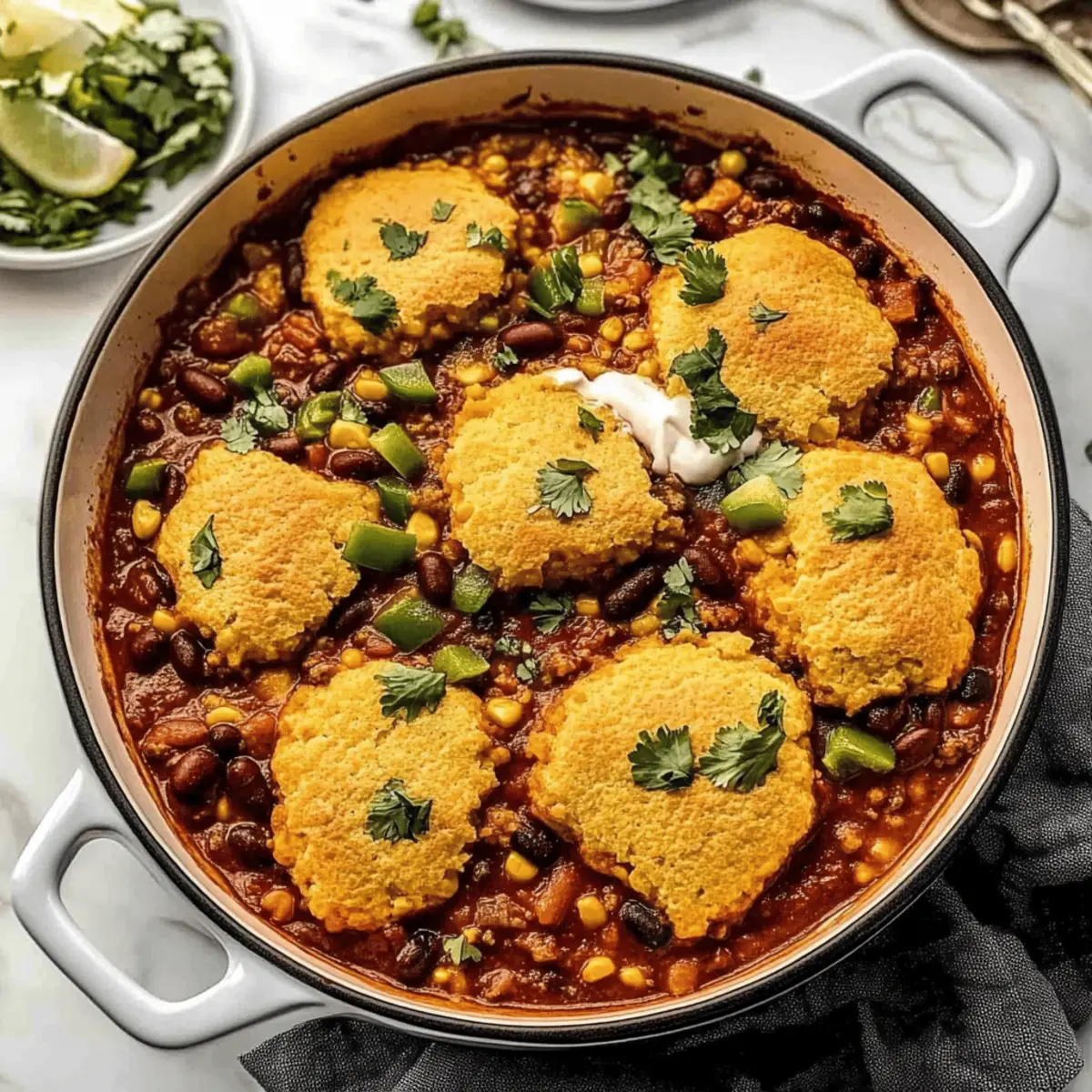As I stumbled upon a beautiful farm stand the other day, the vibrant greens of fresh broccoli caught my eye, reminding me of my favorite easy vegan dish: Cashew Broccoli Soba Noodles. This quick weeknight meal brings creamy, nutty flavors together with tender soba noodles and crunchy vegetables, creating a satisfying dinner that’s not just healthy but also completely delicious. The best part? You can whip it up in about 30 minutes! Perfect for those busy evenings when you want to skip the fast food and indulge in something homemade. Plus, it’s gluten-free and can even be customized with roasted spaghetti squash for a low-carb alternative. Excited to dive in and try your hand at this dish? Let’s get cooking!
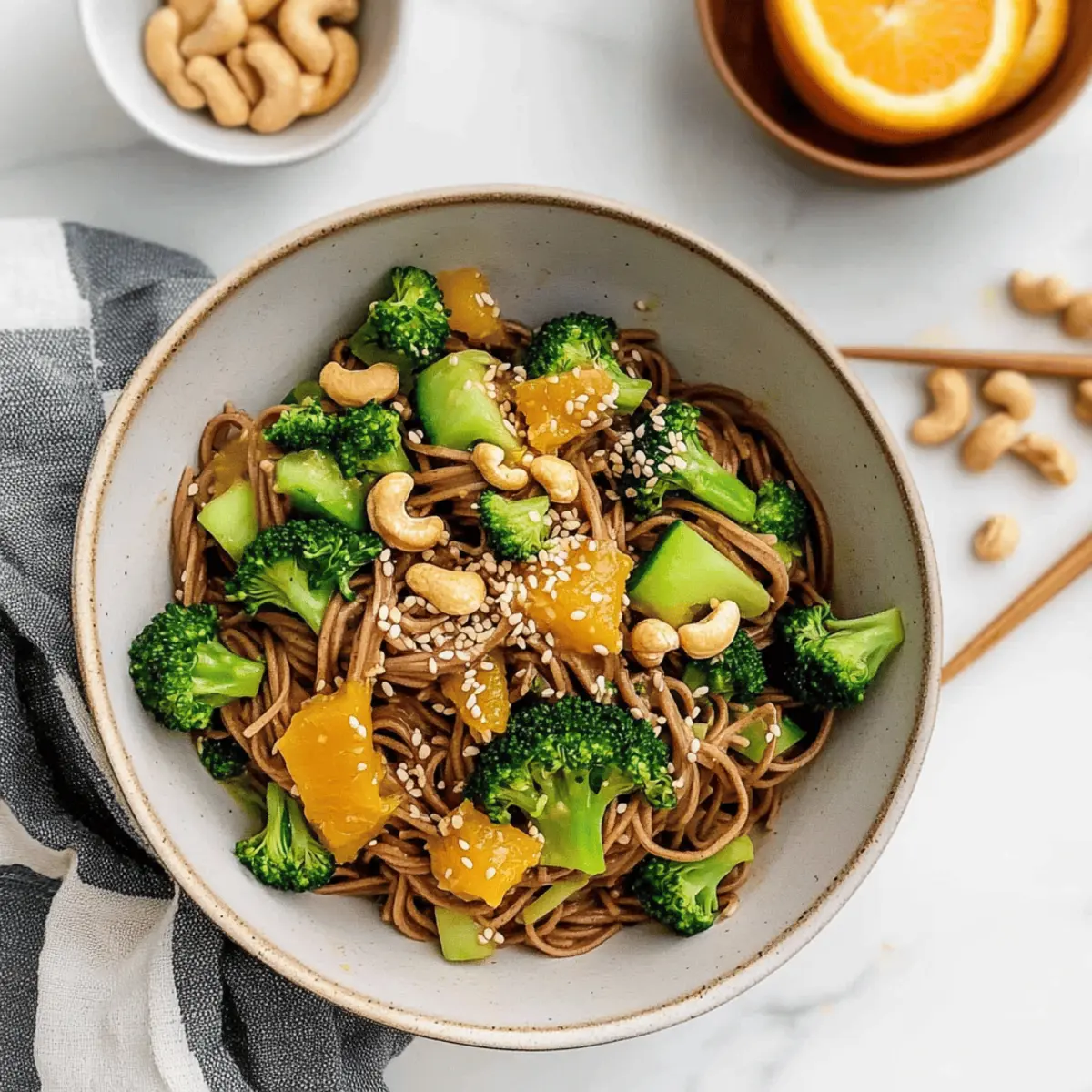
Why are these noodles so irresistible?
Quick Preparation: In just 30 minutes, you can savor a wholesome dinner that leaves fast food in the dust. Perfect for busy weeknights!
Vegan and Gluten-Free: These noodles cater to diverse dietary needs, effortlessly combining creamy cashew sauce and fresh veggies in a pleasingly light dish.
Flavor Explosion: Rich, tangy flavors from tamari, lime, and orange juice marry beautifully with crunchy cashews, elevating your meal from ordinary to extraordinary.
Versatile Enjoyment: Feel free to substitute soba noodles with roasted spaghetti squash for a low-carb twist, or swap in your favorite vegetables to keep it fresh and exciting!
Crowd-Pleasing Appeal: Whether it's a weeknight family dinner or a gathering with friends, this dish is bound to impress and satisfy everyone at the table.
Dive deeper into a world of flavor with my recipes for Gochujang Sesame Noodles and Chicken Teriyaki Noodles for more quick meal ideas!
Cashew Broccoli Soba Noodles Ingredients
For the Cashew Sauce
- Tamari – Provides salty depth; you can substitute with gluten-free soy sauce if needed.
- Fresh Lime Juice – Adds a bright acidity to balance the rich flavors.
- Fresh Orange Juice – Brings a sweet tang; you can swap lime juice for a more tart profile.
- Sesame Oil – Imparts a warm nuttiness to the sauce.
- Garlic – Offers aromatic flavor; fresh will elevate the taste.
- Ginger – Adds warmth and spice; fresh ginger enhances the dish.
- Cashew Butter – Creamy base of the sauce, can be replaced with almond butter or sunflower seed butter for a nut-free option.
- Water – Adjusts the consistency for your preferred texture.
For the Noodles and Vegetables
- Soba Noodles – The main carbohydrate source providing texture; opt for 100% buckwheat soba for gluten-free.
- Broccoli – Nutrient-dense and vibrant; both florets and tender stems can be utilized.
- Scallions – Adds a mild onion flavor, perfect for freshness.
- Carrot – Provides sweetness and crunch to the dish.
- Baked Tofu (or protein of choice) – Essential for protein; substitute with chickpeas for a vegan alternative.
- Toasted Cashews – For an extra crunch and nutty flavor at the finish.
- Sriracha – Optional for those who like a bit of heat in their meal.
Savor the wonderful balance of flavors and textures in these Cashew Broccoli Soba Noodles—I promise, your taste buds will thank you!
Step‑by‑Step Instructions for Cashew Broccoli Soba Noodles
Step 1: Make the Cashew Sauce
In a medium bowl, combine 3 tablespoons of tamari, 2 tablespoons each of fresh lime juice and fresh orange juice, 1 tablespoon of sesame oil, 2 minced garlic cloves, and 1 teaspoon of grated ginger. Stir in 1/4 cup of creamy cashew butter, then gradually add water until you reach your desired sauce consistency. Set this rich, flavor-packed cashew sauce aside while you prepare the other ingredients.
Step 2: Cook Soba Noodles
Bring a large pot of water to a rolling boil over high heat. Add 8 ounces of soba noodles and cook according to package instructions—usually around 4-6 minutes—until tender but firm. Drain the noodles and rinse them under cold water to prevent clumping. Drizzle with a bit of sesame oil to keep the noodles separate and flavorful, then set aside.
Step 3: Steam Broccoli and Scallions
In a steamer basket placed over boiling water, add bite-sized pieces of 2 cups of broccoli florets and 2 chopped scallions. Steam for 2-4 minutes, until the broccoli is bright green and tender yet crisp. Alternatively, for a roasted flavor, preheat your oven to 400°F and roast the broccoli and scallions for 15-20 minutes. Either method contributes vibrant color and nutrients to your Cashew Broccoli Soba Noodles.
Step 4: Assemble the Dish
In serving bowls, layer the prepared soba noodles first, then add on top the steamed broccoli and scallions. Next, cube your baked tofu (or preferred protein) and portion it onto the bowls. Drizzle the luscious cashew sauce generously across each dish, mixing the ingredients as desired. Sprinkle with toasted cashews for an added crunch and serve immediately alongside sriracha and tamari for those who enjoy a little extra kick.

How to Store and Freeze Cashew Broccoli Soba Noodles
Fridge: Store any leftover Cashew Broccoli Soba Noodles in an airtight container for up to 3 days. To keep the noodles from clumping, add a drizzle of sesame oil before sealing.
Freezer: If you want to freeze the dish, place the noodles and vegetables in a freezer-safe container for up to 1 month. For the best texture, it’s recommended to freeze the cashew sauce separately.
Reheating: To reheat, thaw in the fridge overnight. Warm in a saucepan over low heat, adding a splash of water or more cashew sauce to regain creaminess.
Assembly Tip: To maintain freshness when storing, keep the sauce separate until you’re ready to serve your Cashew Broccoli Soba Noodles again. This helps preserve the vibrant flavors and textures!
What to Serve with Easy Vegan Cashew Broccoli Soba Noodles
Looking to elevate your meal experience with delightful companions to your creamy cashew noodles?
-
Zesty Cucumber Salad: Refreshing and crisp, it balances the rich flavors of the noodles, adding a cool crunch with each bite.
-
Roasted Sweet Potatoes: Their natural sweetness complements the tangy cashew sauce, creating a satisfying layering of flavors that warms the heart.
-
Miso Soup: This light and savory broth acts as a perfect starter, enhancing the overall Asian-inspired theme of your meal.
-
Crispy Sesame Tofu: Adding an extra protein, this dish amplifies the nuttiness while keeping everything wonderfully crunchy.
-
Steamed Edamame: Pop these bright green pods as a healthy snack or side; their light saltiness pairs deeply with the rich cashew sauce.
-
Chilled Green Tea: Sipping this subtly bitter tea helps cleanse the palate between bites, enhancing the complex flavors of your cashew noodles.
-
Fruit Sorbet: A refreshing dessert that sweetens the meal’s conclusion; its fruity notes mimic the citrus in the cashew sauce while providing a delightful cool finish.
Treat your taste buds to these exciting additions alongside your Easy Vegan Cashew Broccoli Soba Noodles for a full taste experience!
Expert Tips for Cashew Broccoli Soba Noodles
- Smooth Sauce: Blend cashew sauce thoroughly to eliminate lumps. Adjust with additional water for a silky consistency that coats the noodles perfectly.
- No Clumping: Always rinse your soba noodles under cold water after cooking to keep them from sticking together. This ensures each bite remains deliciously separate.
- Add Flavor Depth: Consider letting the cashew sauce sit for a bit before serving. This resting time allows the flavors of the Cashew Broccoli Soba Noodles to meld together beautifully!
- Vegetable Variations: Don't hesitate to switch up your veggies! Try bell peppers, snap peas, or whatever is fresh from your farmer's market for an exciting twist.
- Protein Options: If you prefer different proteins, chickpeas or seitan make wonderful swaps for tofu, accommodating various dietary preferences in your Cashew Broccoli Soba Noodles.
Cashew Broccoli Soba Noodles Variations
Feel free to get creative with your dish—each variation brings a new twist that will tantalize your taste buds!
- Spaghetti Squash: Swap soba noodles for roasted spaghetti squash for a delightful low-carb alternative. This twist retains the dish’s freshness while introducing a unique texture. Roasted squash adds a slightly sweet essence that pairs wonderfully with the creamy sauce.
- Vibrant Veggies: Replace broccoli with bell peppers or snap peas for a colorful crunch. These alternatives not only boost the dish's vibrancy but also add layers of sweet flavor and crisp textures that keep it exciting every time.
- Chickpeas or Tempeh: Use chickpeas or tempeh instead of baked tofu for a protein-packed option that’s equally satisfying. These legumes add a nutty flavor profile and enhance the heartiness, giving the dish an exciting new dimension.
- Nut-Free Sauce: If you prefer a nut-free option, substitute cashew butter with sunflower seed butter. The resulting sauce will still be creamy and delicious while catering to those with allergies, ensuring everyone can enjoy this meal.
- Spice It Up: Add additional sriracha or a sprinkle of crushed red pepper flakes for heat lovers. A bit of spice can bring out a whole new level of flavor, transforming your dish into a fiery experience that will leave you craving more.
- Fresh Herbs: Garnish with fresh cilantro or basil for an aromatic finish. Fresh herbs not only elevate the visual appeal of the dish but also infuse it with a delightful burst of flavor, making your meal feel light and refreshing.
- Sesame Seeds: For an added crunch, sprinkle toasted sesame seeds on top before serving. This tiny tweak delivers an extra layer of texture and enriches the nutty essence of the dish, leading to a well-rounded culinary experience.
- Citrus Zest: Incorporate lime or orange zest into the cashew sauce for an extra citrusy kick. This small addition enhances the bright flavors, making the sauce shine even more and creating a fresh finish in every bite.
Enjoy exploring these variations for your Cashew Broccoli Soba Noodles, and remember, the journey in the kitchen is just as delightful as the meal itself! If you're interested in further exploring noodle dishes, check out the delightful Tagliatelle Asparagus Peas recipe for more inspiration!
Make Ahead Options
These Cashew Broccoli Soba Noodles are ideal for meal prep, making busy evenings a breeze! You can prepare the cashew sauce and store it in the refrigerator for up to 3 days; just keep it airtight to maintain that creamy texture. Similarly, the soba noodles can be cooked and stored in the fridge for up to 2 days—simply rinse them in cold water and drizzle with a little sesame oil to prevent sticking. For the vegetables, steam or roast the broccoli and scallions up to 24 hours in advance, then refrigerate. When you’re ready to serve, combine all components, warm if desired, and enjoy a deliciously effortless meal that tastes just as fresh!
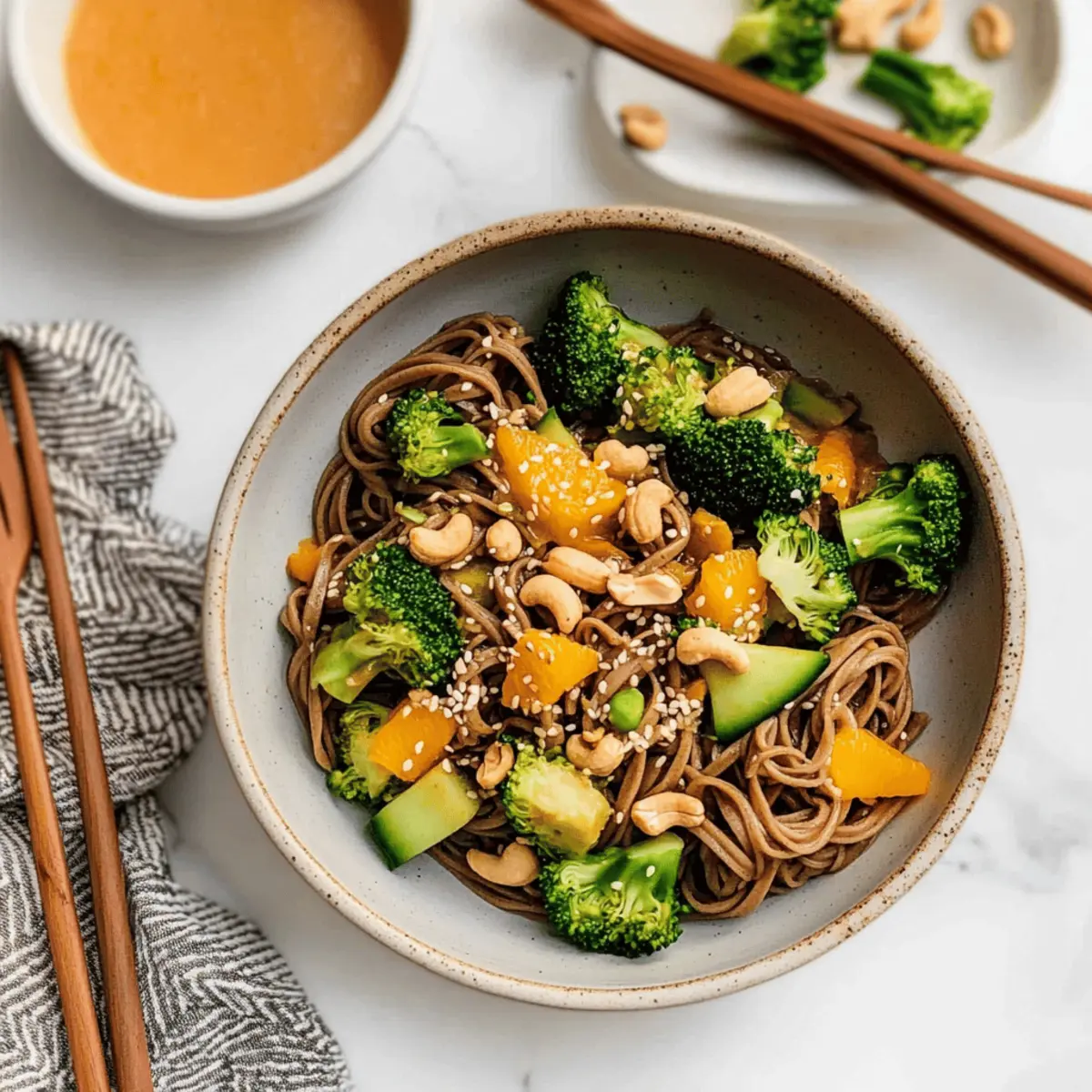
Cashew Broccoli Soba Noodles Recipe FAQs
What is the best way to select fresh broccoli for this recipe?
Absolutely! When selecting broccoli, look for vibrant green florets without any dark spots or yellowing. The stalks should feel firm and crisp. This ensures the best flavor and nutritional value for your Cashew Broccoli Soba Noodles.
How should I store leftover Cashew Broccoli Soba Noodles?
To store your leftovers, place them in an airtight container and refrigerate for up to 3 days. When you’re ready to enjoy them again, simply reheat in the microwave or on the stovetop with a splash of water to ensure they don’t dry out.
Can I freeze these noodles for future meals?
Yes, you can! To freeze your Cashew Broccoli Soba Noodles, pack them tightly in an airtight container or freezer bag, ensuring you remove as much air as possible. They will stay fresh in the freezer for about 2 months. When you want to enjoy them, transfer them to the fridge overnight to thaw, then gently reheat with a little water or cashew sauce to bring back that creamy consistency.
What should I do if my cashew sauce is too thick?
If your cashew sauce is too thick, don’t worry—it’s an easy fix! Gradually whisk in more water, one tablespoon at a time, until you reach your desired consistency. Make sure to blend the sauce thoroughly to avoid any lumps, creating that nice creamy texture where each noodle can be perfectly coated.
Are there any dietary considerations I should keep in mind?
Very! This recipe is vegan and gluten-free, making it suitable for many dietary needs. If you have nut allergies, you can substitute cashew butter with sunflower seed butter. Additionally, make sure to use gluten-free tamari or soy sauce to keep the dish gluten-free for those with sensitivities. Just remember to enjoy this dish with your loved ones at home or as part of a gathering—it's a sure crowd-pleaser!
Can I use other substitutions for the key ingredients?
The more the merrier! If you want to mix things up, you can replace soba noodles with roasted spaghetti squash for a lower-carb meal. Feel free to substitute broccoli with other veggies like bell peppers or snap peas, and if you're not a fan of tofu, chickpeas or seitan can be tasty alternatives.

Savory Cashew Broccoli Soba Noodles for Quick Dinner Joy
Ingredients
Equipment
Method
- In a medium bowl, combine tamari, fresh lime juice, fresh orange juice, sesame oil, minced garlic, and grated ginger. Whisk in cashew butter until smooth, then gradually add water until you achieve your desired consistency. Set aside.
- Bring a large pot of water to a rolling boil. Add the soba noodles and cook according to package instructions, usually about 5-7 minutes. Drain and rinse under cold water.
- Set up a steamer basket over a pot of boiling water. Add broccoli florets and scallions, splash with a few drops of tamari, and steam for 2-4 minutes.
- In large serving bowls, layer the cooked soba noodles, steamed broccoli, and scallions. Top with cubed baked tofu and drizzle with cashew sauce. Scatter toasted cashews on top and serve with sriracha.



